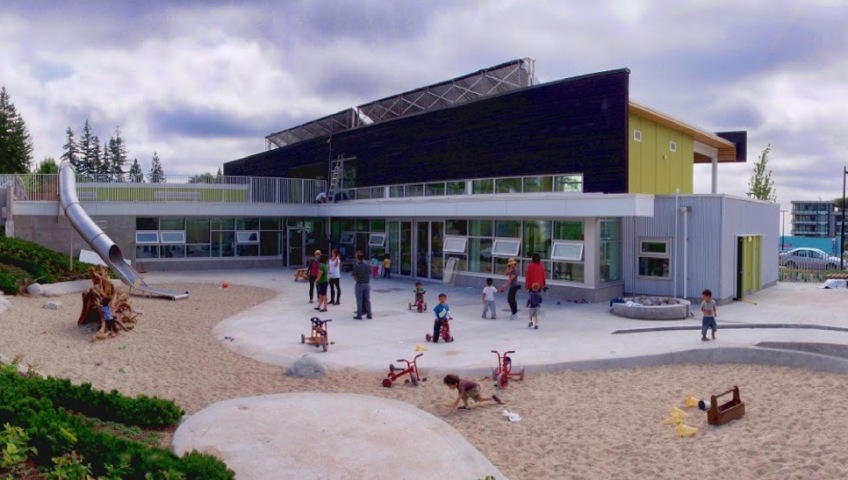
Moving Water Systems
As noted in our last post we have had to do away with a full house craw space. Instead we have opted for a hybrid of sorts. We will digging a dropped crawlspace under the the bathroom to accommodate the composting toilet. This space will hold the systems for the Black, Grey and fresh water supply. All pumps and systems that can be damaged by water must be installed above the high water mark, which is only a couple of feet down from the ceiling. Our composting toilet has no electrical or mechanical systems that will be damaged by water, and our backup sump pump is submersible.
We have also moved the rain water tanks out of the crawlspace to a hole to be dug under the deck. This will eliminate the chance of hydraulic lifting that might happen in flood situations. Our choice of tanks has also changed and we will be installing only one Super Tank from Premier plastics that will be buried below grade close to spring ground water levels, which are rumoured to be 8’ below ground in that area.
As noted in our last post we have had to do away with a full house craw space. Instead we have opted for a hybrid of sorts. We will digging a dropped crawlspace under the the bathroom to accommodate the composting toilet. This space will hold the systems for the Black, Grey and fresh water supply. All pumps and systems that can be damaged by water must be installed above the high water mark, which is only a couple of feet down from the ceiling. Our composting toilet has no electrical or mechanical systems that will be damaged by water, and our backup sump pump is submersible.
We have also moved the rain water tanks out of the crawlspace to a hole to be dug under the deck. This will eliminate the chance of hydraulic lifting that might happen in flood situations. Our choice of tanks has also changed and we will be installing only one Super Tank from Premier plastics that will be buried below grade close to spring ground water levels, which are rumoured to be 8’ below ground in that area.






 Meeting with colleges of ours to discuss the process of making this project a passive house. There are a lot of really interesting approaches to building a super efficient building envelop. Systems like:
Meeting with colleges of ours to discuss the process of making this project a passive house. There are a lot of really interesting approaches to building a super efficient building envelop. Systems like:




Recent Comments